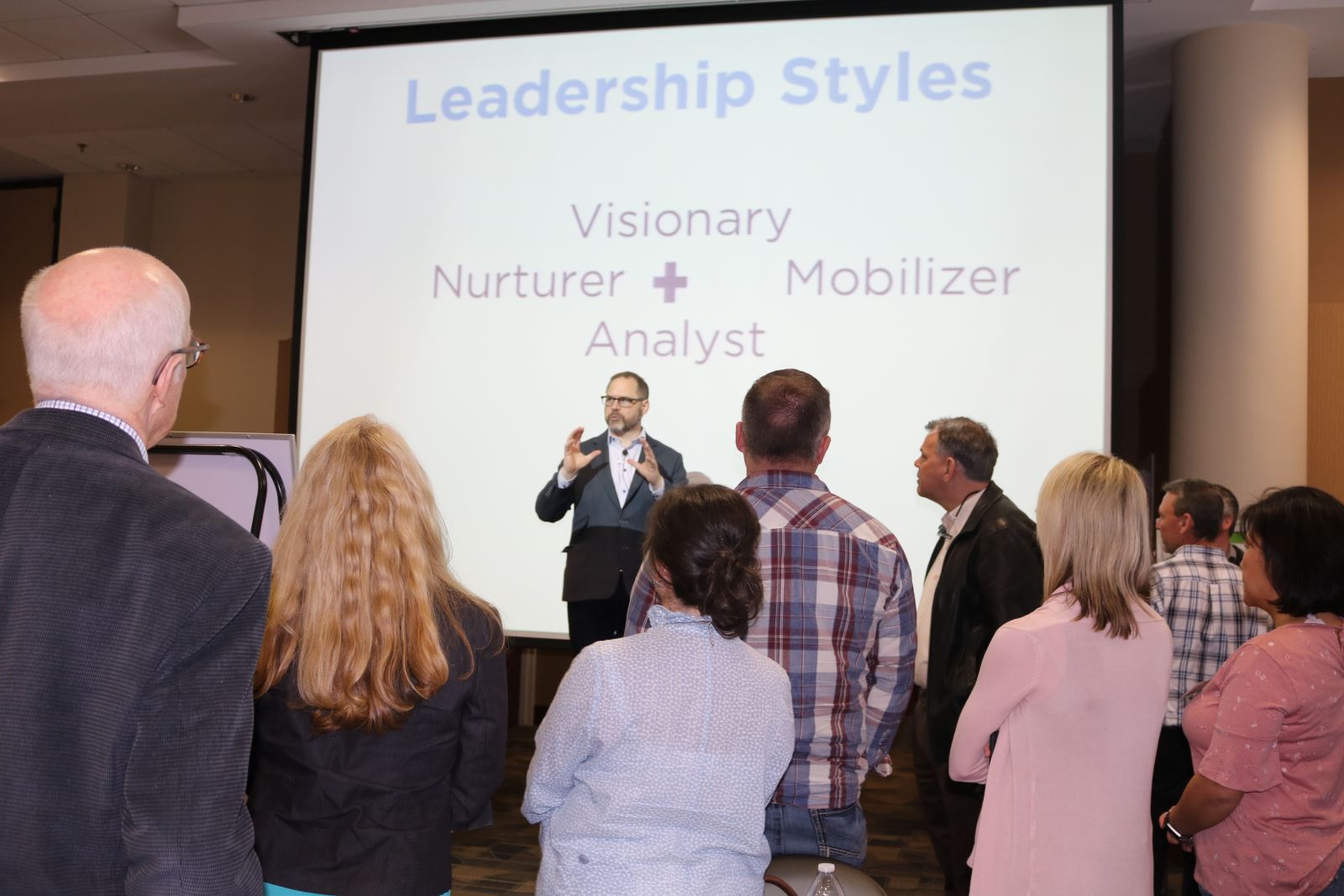Tanner Hosts Discussion on Building a Healthier Community in Haralson County
Wednesday, April 10, 2019
![]()
When it comes to community health and wellness, collaboration is critical.
Rural communities often face distinct challenges in their work to achieve better health. In Haralson County, steps have already been taken to address these challenges. With help from the Healthcare Georgia Foundation’s Two Georgias Initiative grant, Get Healthy, Live Well is working to address the persistent inequities in health outcomes that disproportionately impact rural Georgians. On March 19, Tanner Health System’s Healthy Haralson committee hosted a community health workshop at West Georgia Technical College’s Murphy Campus in Waco. Attendees learned about the positive changes already taking place across the community and discussed new solutions to the challenges affecting its residents.

Headlining the workshop was Paul Schmitz, one of Nonprofit Times’ 50 most influential nonprofit leaders in America, who led a conversation about the importance of community engagement and collaborative culture. Schmitz is the author of “Everyone Leads: Building Leadership from the Community Up,” a book based on lessons learned from 21 years of helping young leaders across the country begin careers in community and social change.
“Often what people think of when they think of community engagement is, ‘Let’s have a forum and listen to residents for an hour about what they want and then we’ll decide what we’re going to do anyway,’” Schmitz said. “To me, community engagement is engaging the community in helping produce the result we’re trying to achieve. We can’t do it just through the organizations. We need residents — families, friends and neighbors.”
During his presentation, Schmitz talked about the importance of bringing diverse people and groups together to solve problems. He talked about the qualities of a leader, explaining that leadership is an action many can take, not a position few can hold. He defined leadership as taking responsibility to work with others on common goals and practicing values that engage commitment from others.
Schmitz recognized that not everyone can lead in every context, but everyone has the capacity to step up, take responsibility and work with others to make progress on the issues they care about.
“If you’re trying to collaborate and solve problems, you have to build ways of working together that really are inclusive, rigorous, collaborative and asset-based,” Schmitz said. “You have to really think about how a community engages and then bring all of these tools to bear because that’s what it’s going to take to solve all of these challenges.”
The workshop is just one program offered in Get Healthy, Live Well’s efforts to improve the health of residents across west Georgia.
“We were fortunate enough to receive The Two Georgias Initiative grant, which gave us the resources to concentrate specifically on Haralson County for five years, look more closely at what some of the significant needs were and pull a coalition together to confront those needs,” said Denise Taylor, senior vice president and chief community health and brand officer for Tanner, who oversees the Get Healthy, Live Well initiative.
After completing a Community Health Needs Assessment (CHNA), the Healthy Haralson committee met early last year to identify the county’s most pressing health issues. On May 15, 2018, the committee presented the three-year Community Health Improvement Plan (CHIP) to more than 60 community leaders.
In addition to Schmitz’s presentation, Alicia Michael, rural health outreach coordinator for Get Healthy, Live Well, gave an overview of how the community is already finding solutions to address challenges. To tackle the identified issues, Healthy Haralson established six task forces — Healthy Lifestyles and Education, Increasing Awareness of Existing Programs, Increasing Provider Resources, Senior Needs, Substance Misuse and Youth Mental Health. Some of the goals achieved so far include creating an online community resource guide and automated telephone hotline, providing educational training sessions to law enforcement and first responders on policies and usage of naloxone — a medication used to treat opioid overdoses — and developing multi-sector community partnerships to expand community service opportunities.
“Working on these programs has been incredibly encouraging. We now have more than 100 community members in Haralson County engaged and working together to develop solutions to some hard challenges,” Michael said.
For more information about Healthy Haralson, visit GetHealthyHaralson.org. More information on Get Healthy, Live Well — including upcoming health opportunities and ongoing programs — is available at GetHealthyLiveWell.org.